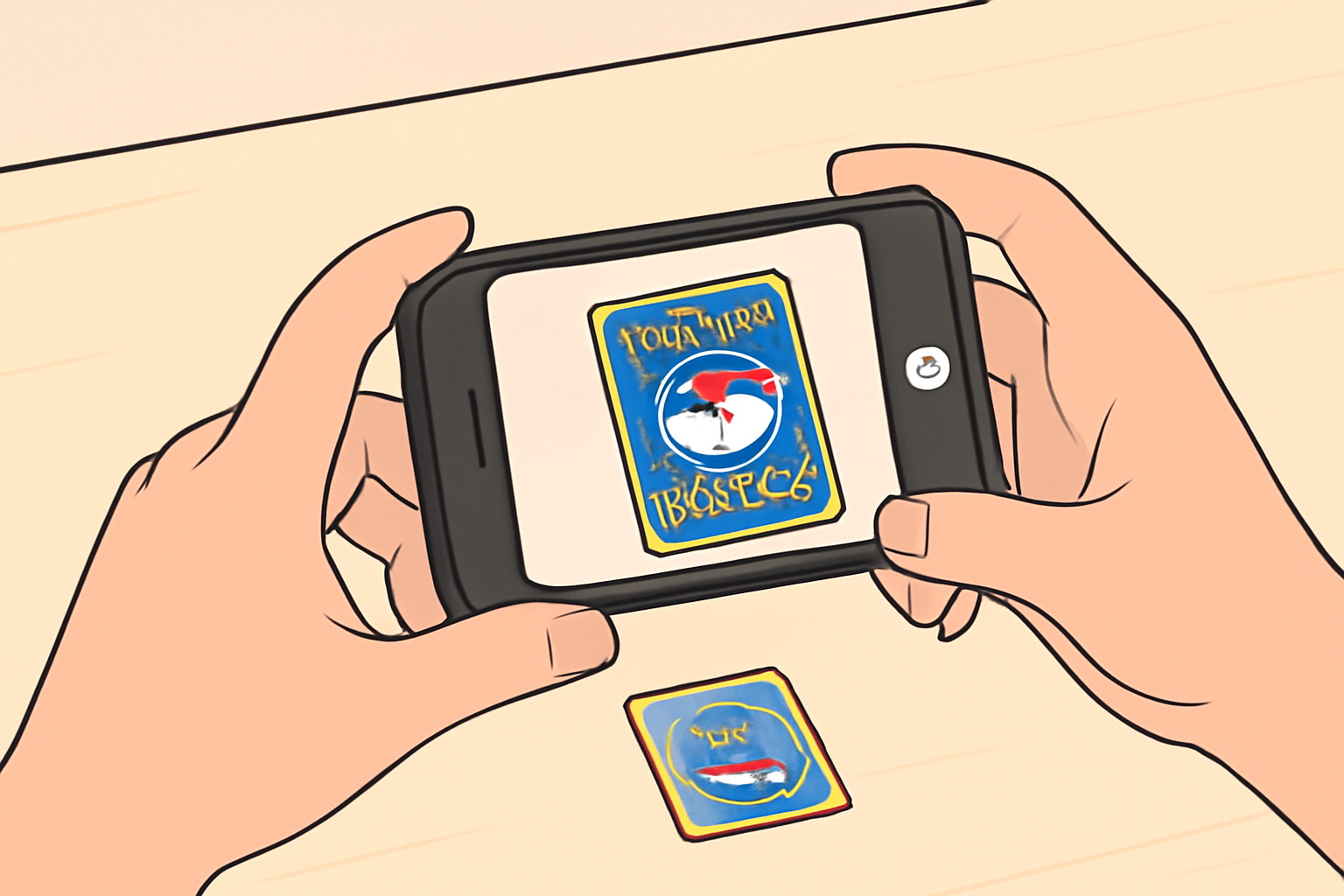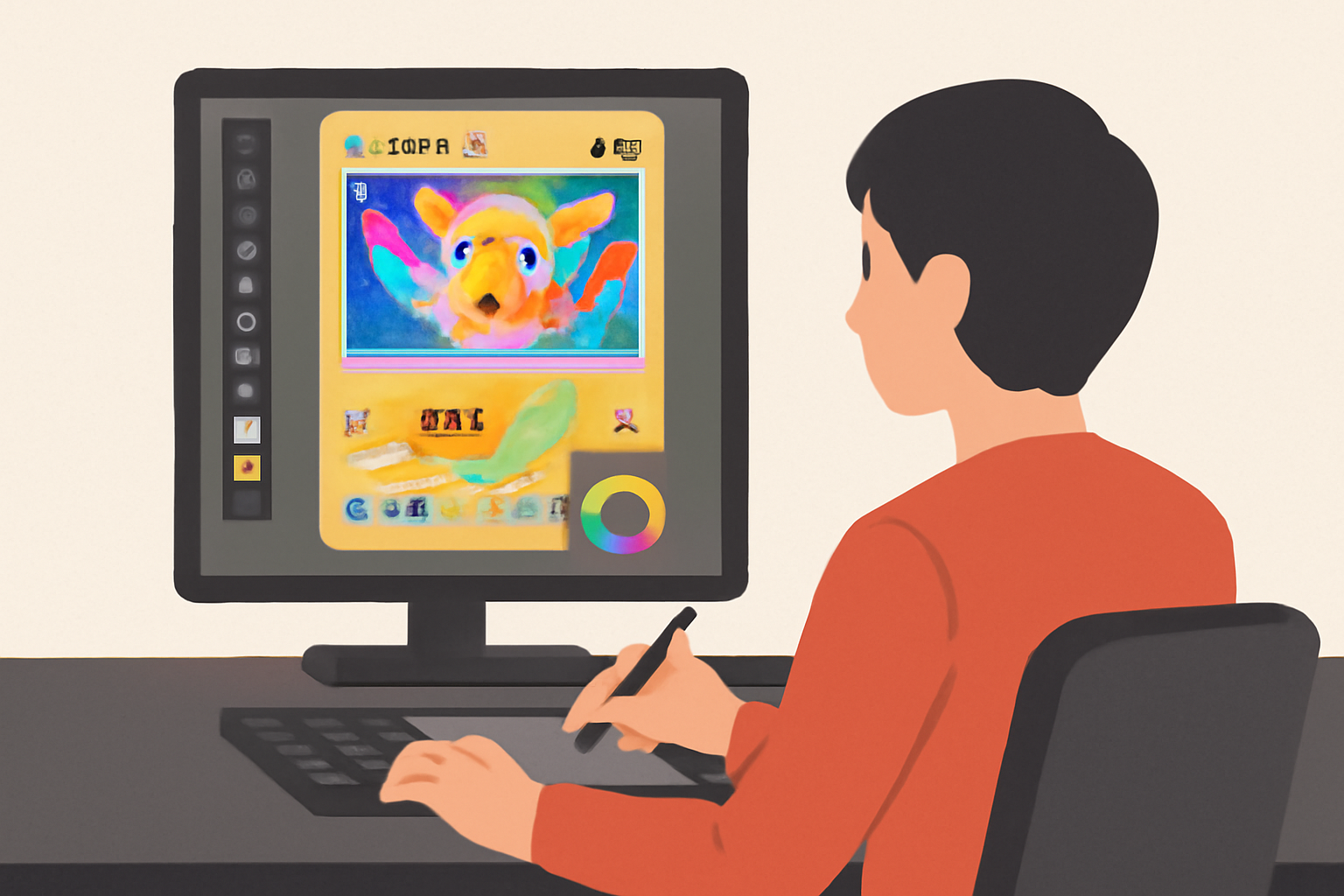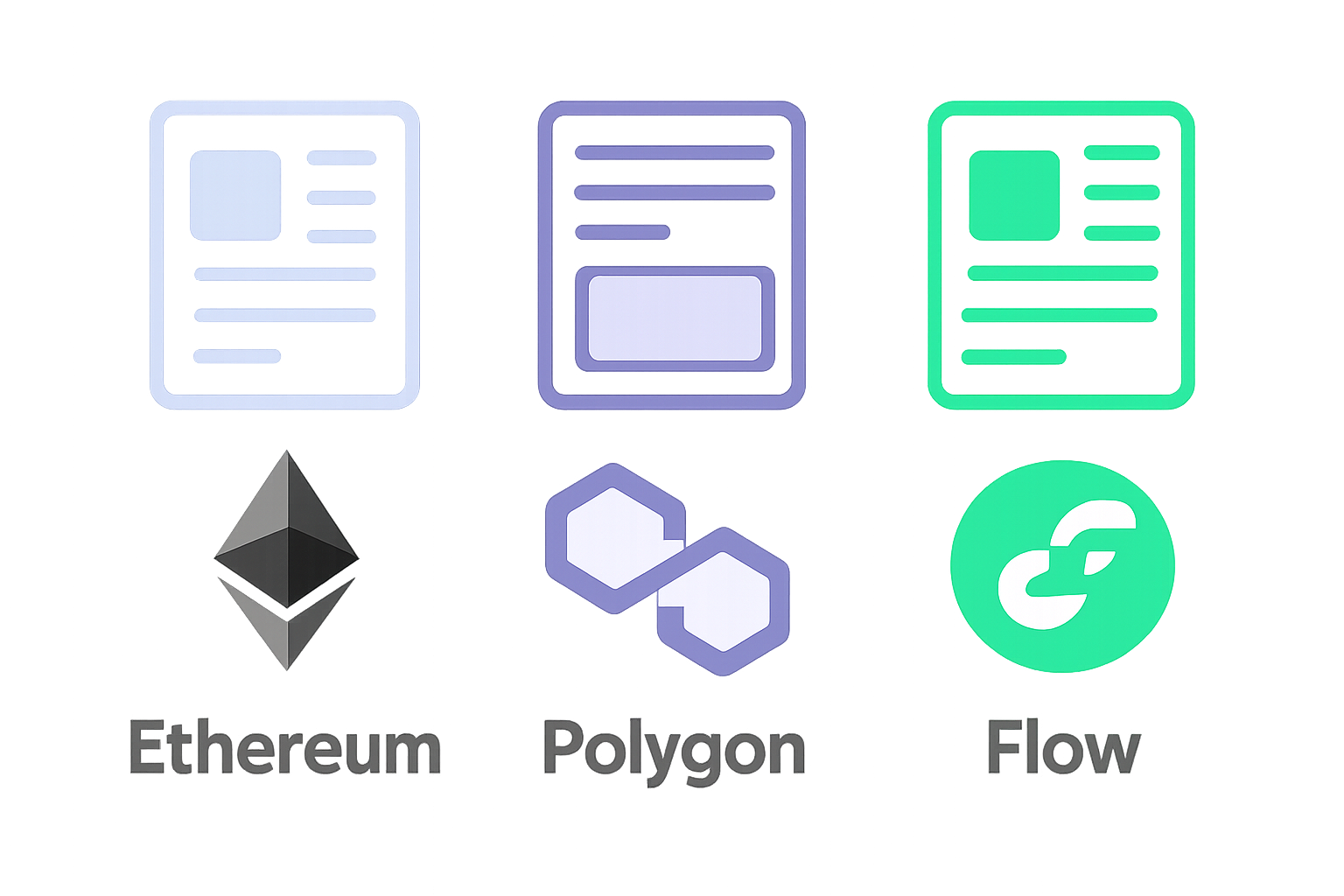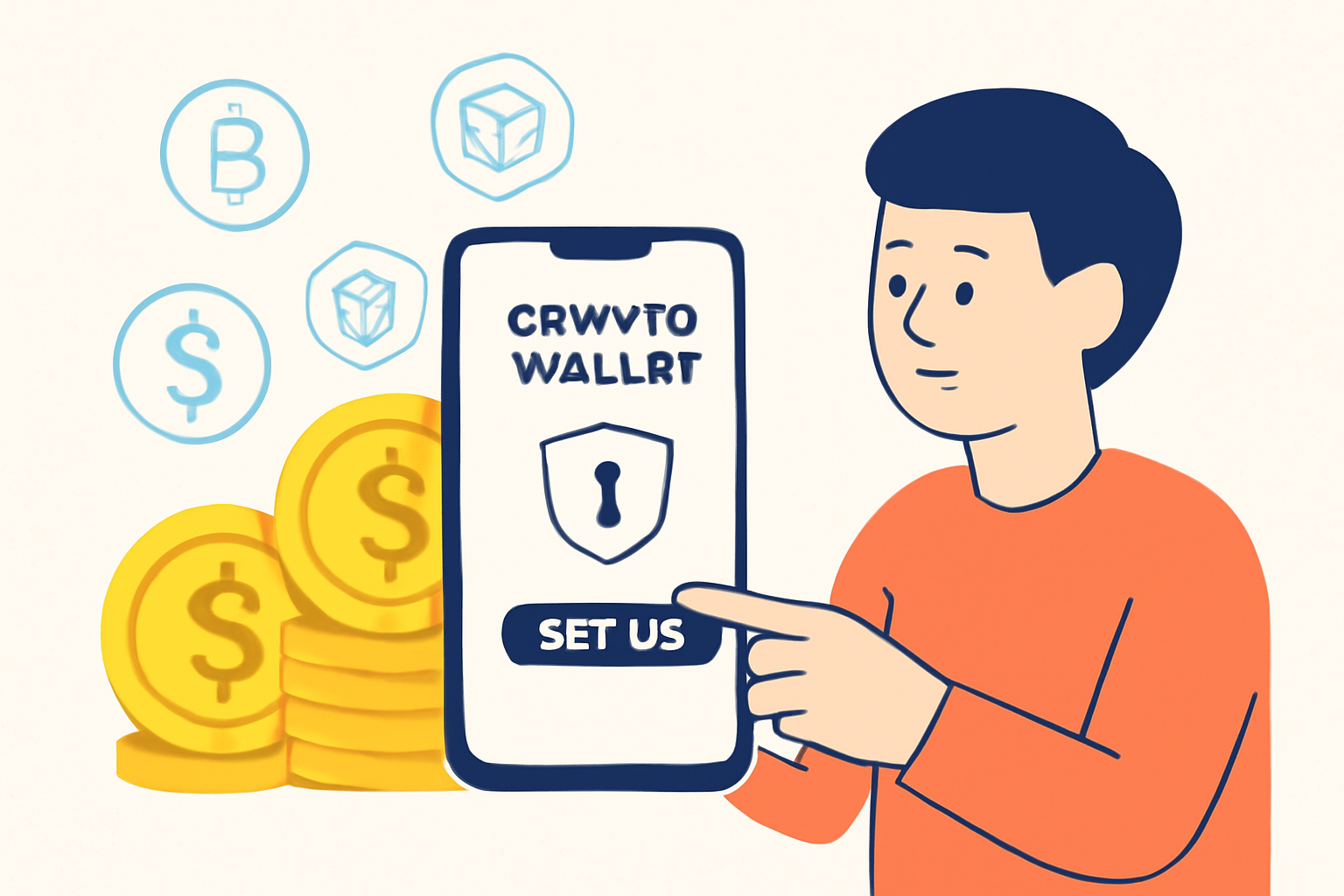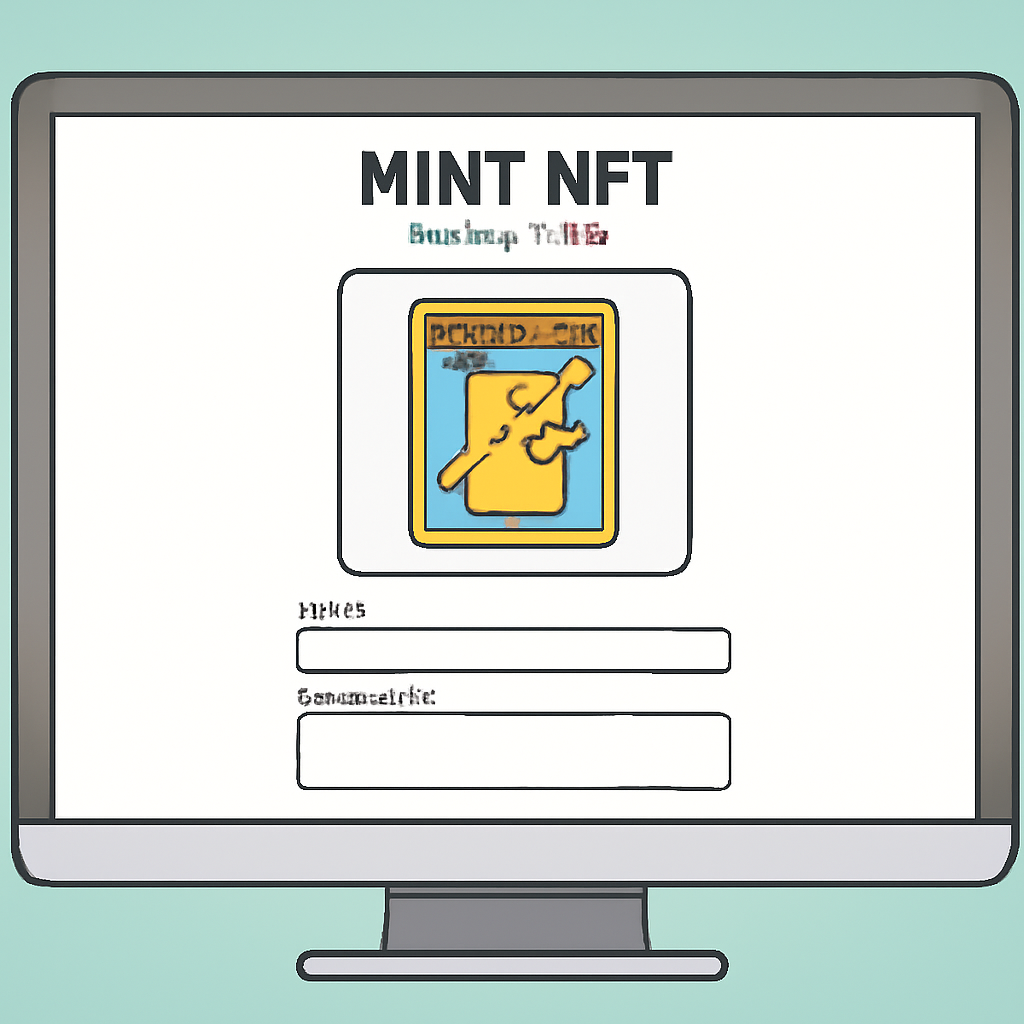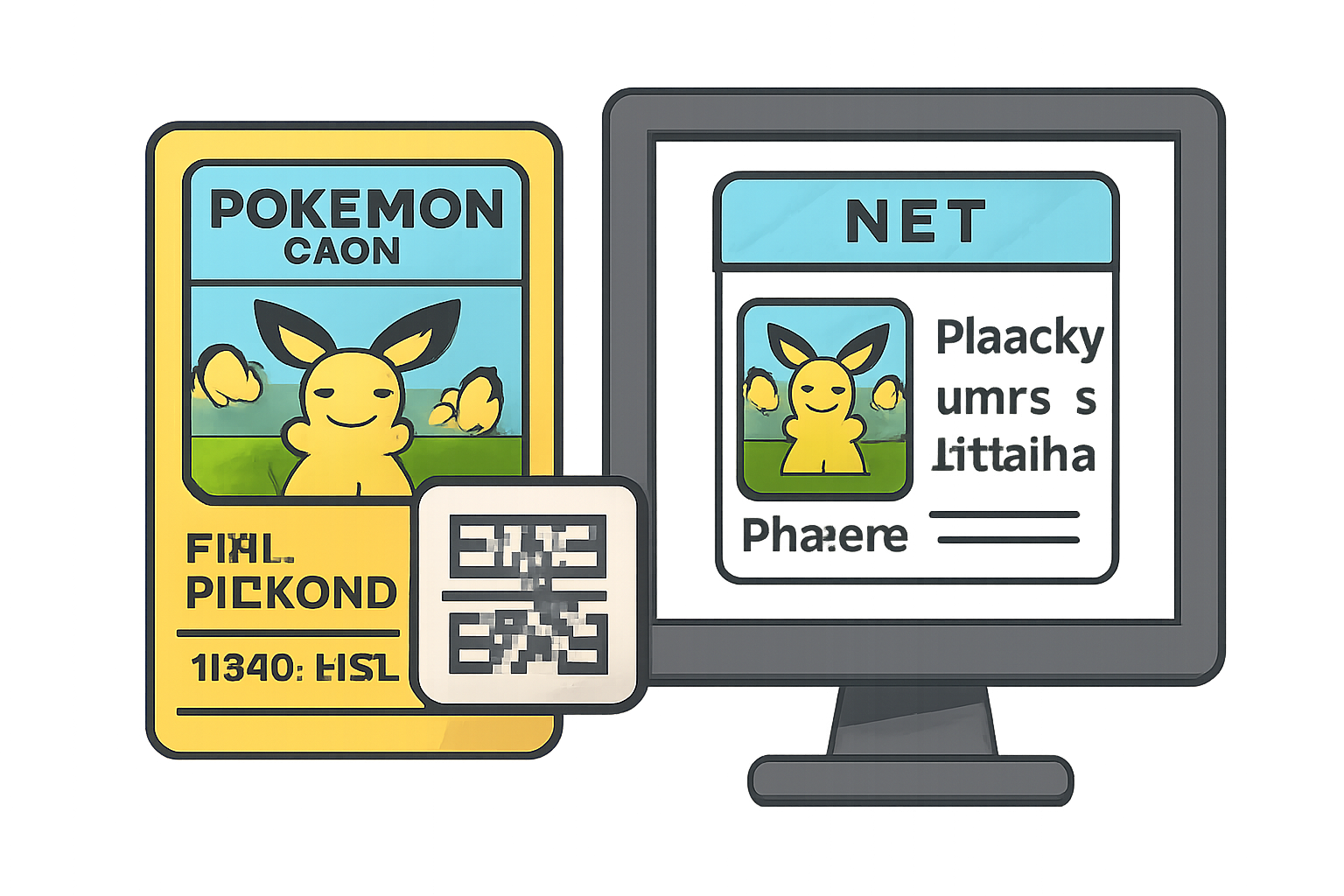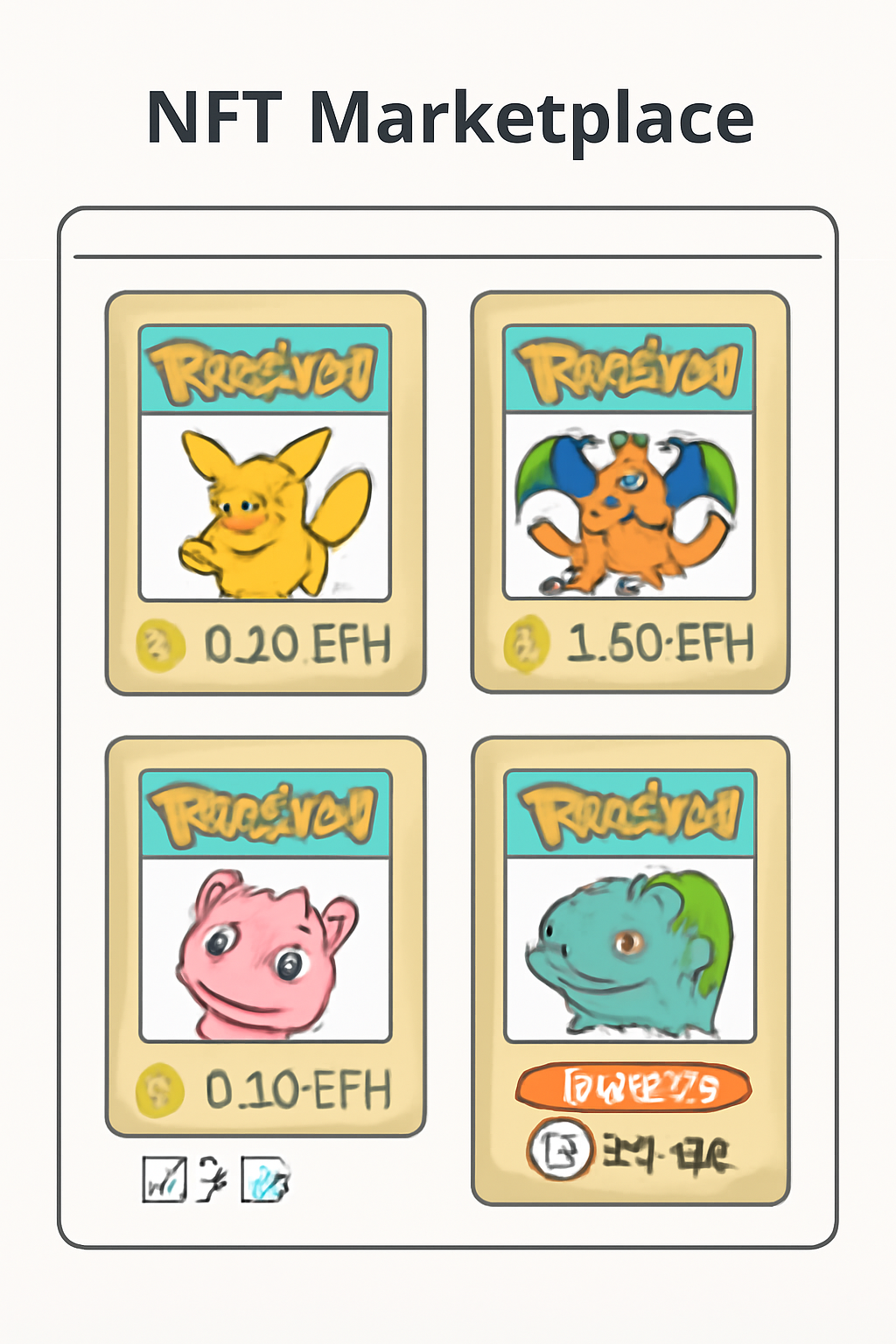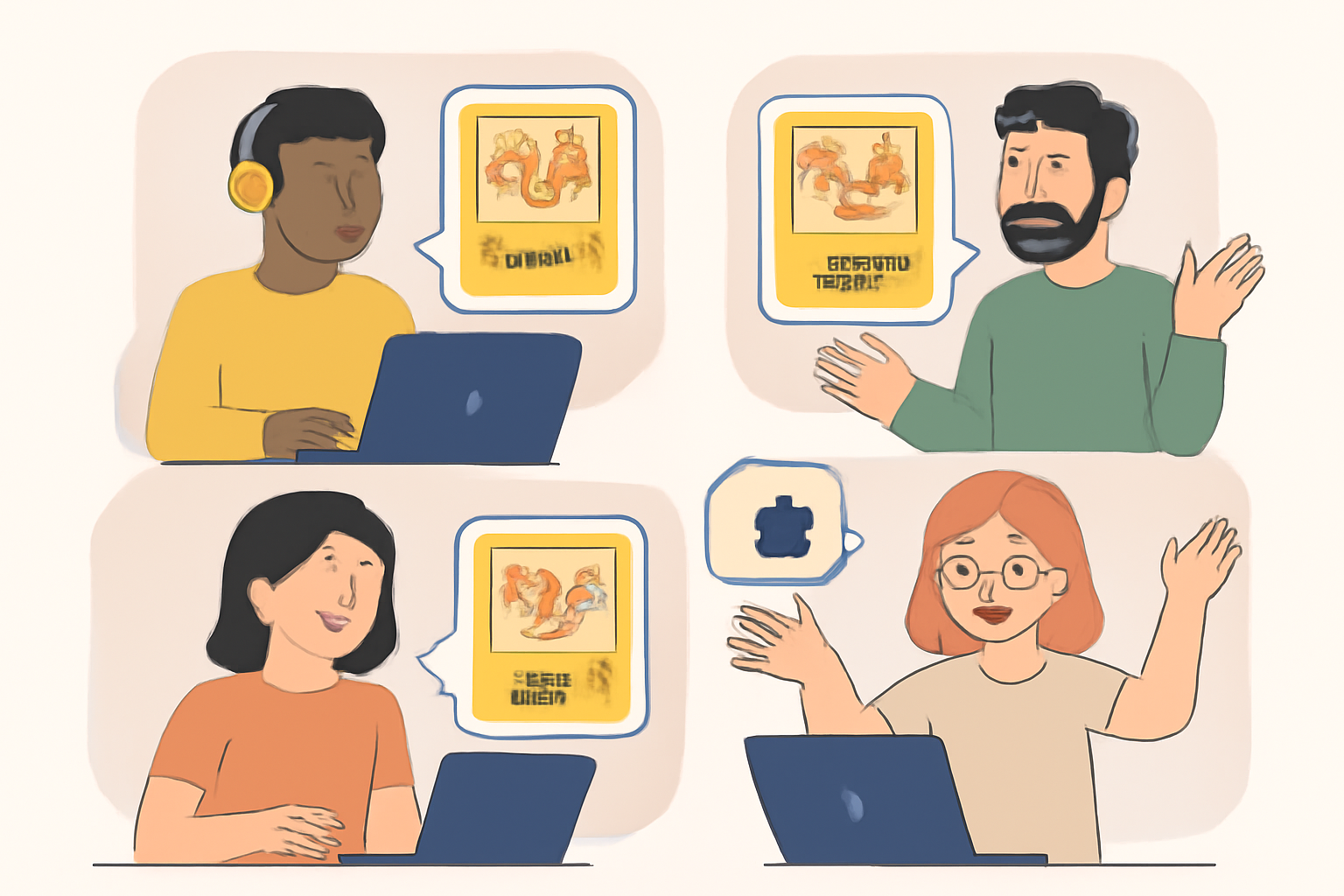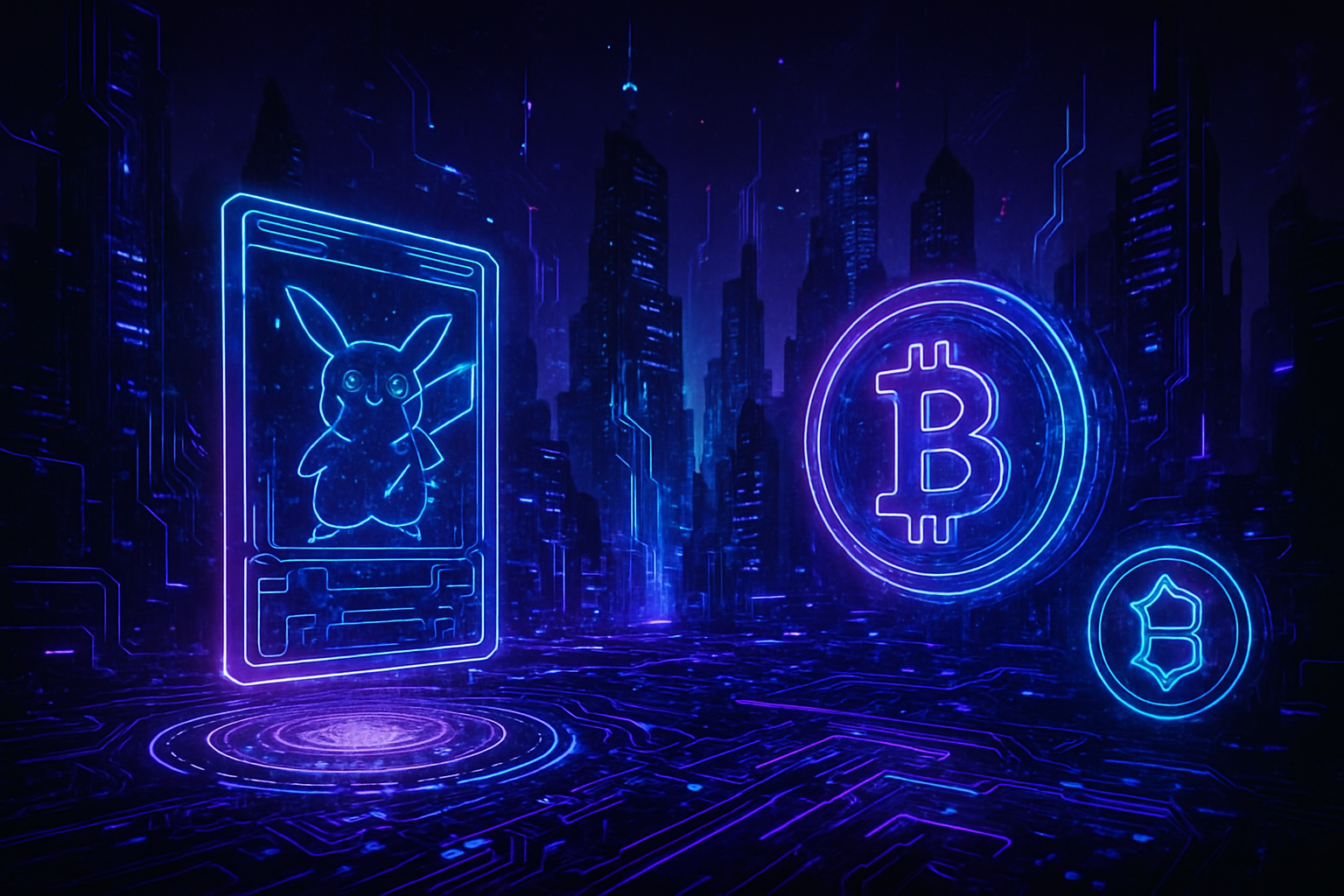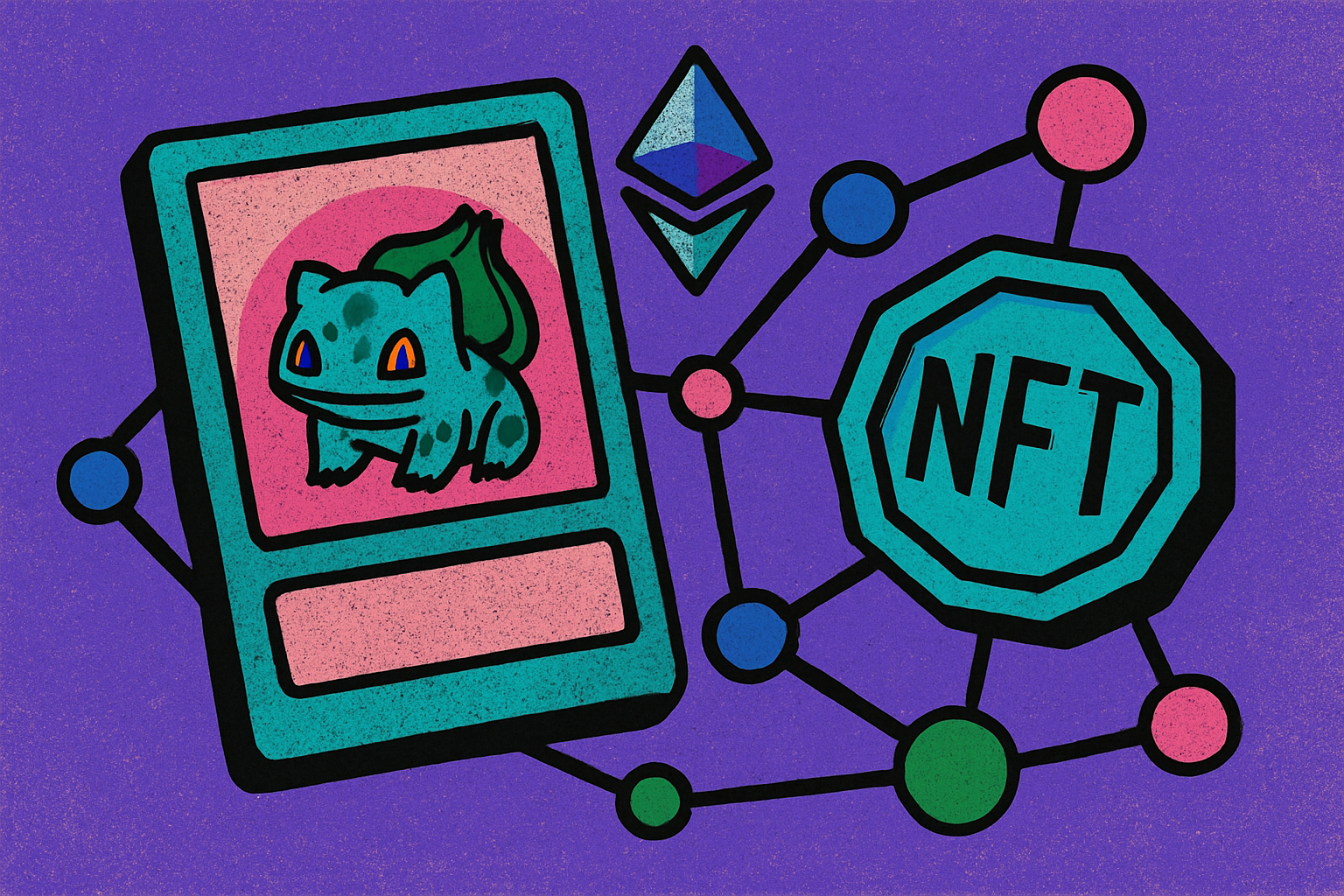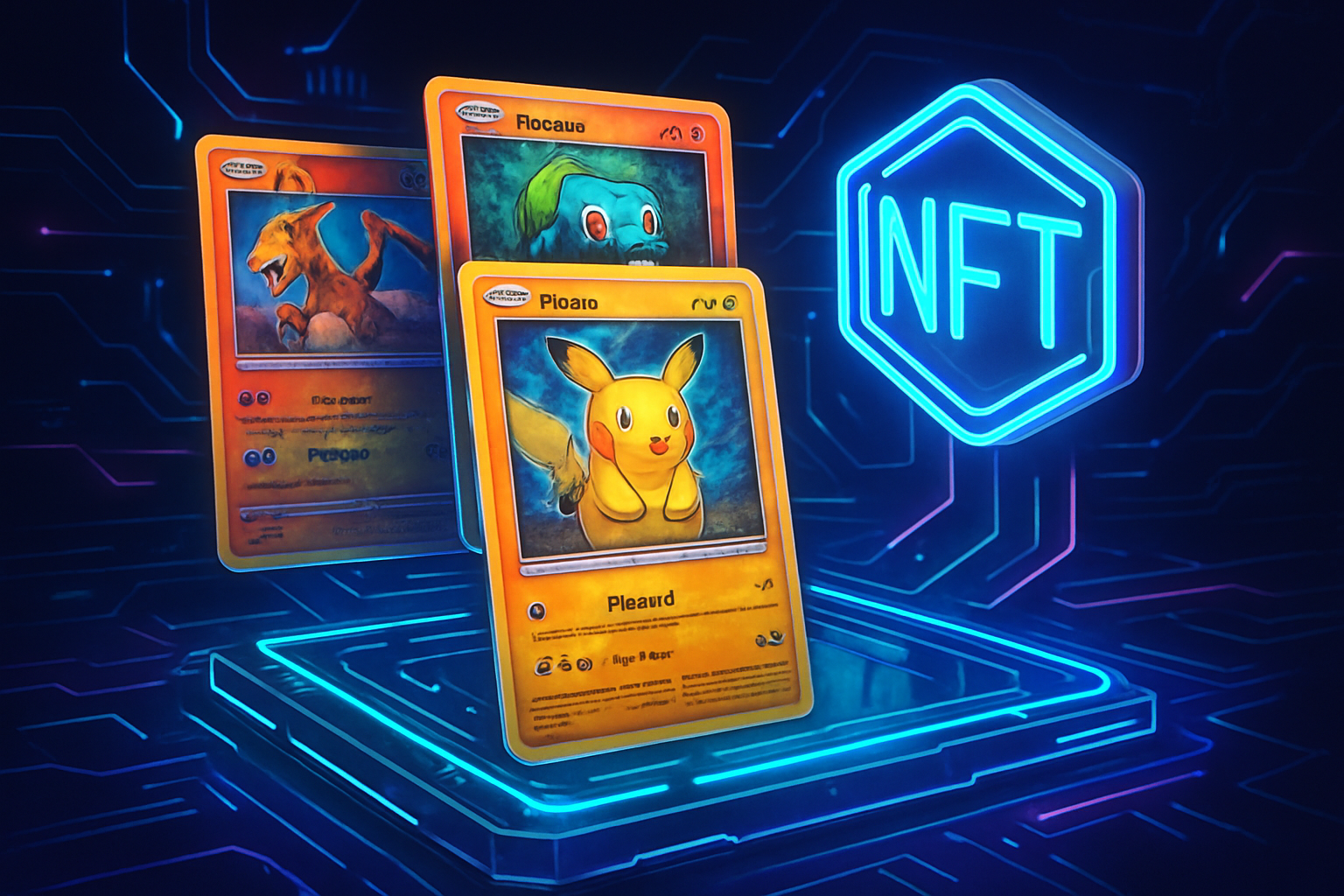
Pokémon cards are no longer just nostalgic collectibles tucked away in binders, they’re now front and center in the digital asset revolution. With the explosive rise of trading card blockchain platforms, collectors worldwide are asking: How do I tokenize my Pokémon cards as NFTs? If you’re ready to bridge your physical collection with the world of crypto, this step-by-step guide will walk you through the process using real market insights and the latest trends.
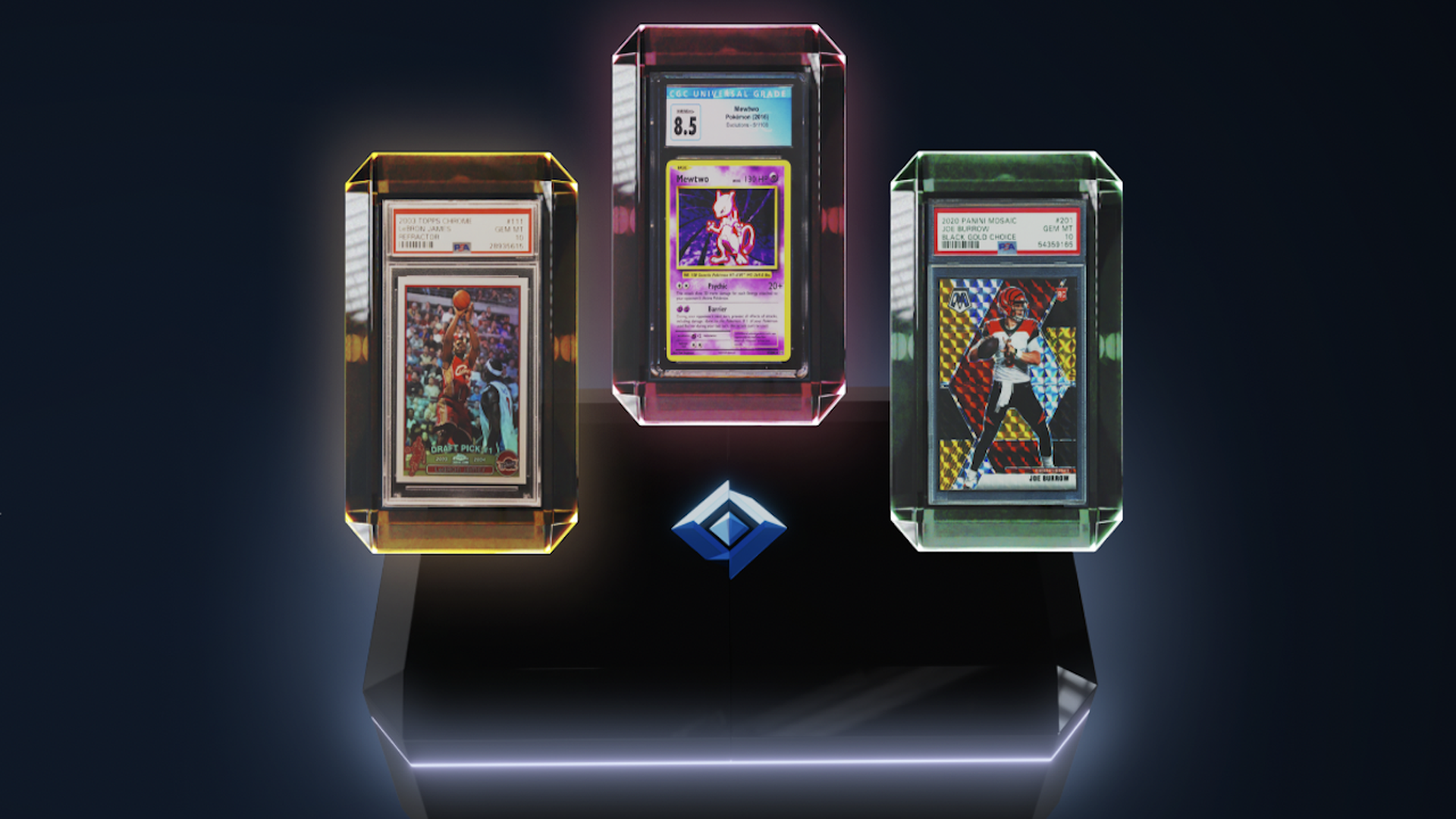
Why Tokenize Pokémon Cards? The 2025 Market Surge
The tokenization boom is real, projects like Collector Crypt have ignited massive interest by issuing NFTs directly linked to physical Pokémon cards. The $CARDS token has surged as traders and collectors flock to these new digital markets (CoinStats). In fact, tokenized Pokémon cards have reached a staggering $124.5 million in traded volume (Medium · Miguel Morales). Why? Because NFTs backed by real-world assets (RWAs) offer transparent ownership, instant global trading, and airtight authenticity, all without worrying about shipping or counterfeits.
Step-by-Step: How to Tokenize Your Pokémon Cards
Ready to dive in? Here’s what you need to know to transform your physical Pokémon cards into valuable NFT Pokémon cards on-chain:
Digitize and Design: The First Steps
1. Digitize Your Cards: Start by taking crisp, well-lit photos of each card you want to tokenize. Collectors crave detail, so make sure every holofoil shine and corner is visible. This image forms the backbone of your NFT’s digital identity.
2. Enhance with Digital Artwork: Don’t just upload a scan, add value with creative touches! Whether it’s adding stats overlays or unique lore snippets, custom design can make your NFT stand out in a crowded marketplace (trioangle.com). Animated effects or 3D renders are especially popular among advanced collectors.
Selecting Blockchain and Wallets That Fit Collectors’ Needs
3. Choose Your Blockchain Platform: Ethereum remains the go-to for most trading card NFTs thanks to its robust ecosystem, but don’t overlook Polygon or Flow for lower fees and faster transactions (coinledger.io). Consider where most buyers trade so your NFTs have maximum exposure.
4. Set Up a Digital Wallet: You’ll need a secure crypto wallet like MetaMask or Coinbase Wallet that supports your chosen blockchain. Fund it with enough crypto (ETH for Ethereum, MATIC for Polygon) to cover minting costs, which can vary widely depending on network congestion.
The Rise of Secure Vaults and Provenance
A major trend is linking each NFT directly to its physical counterpart via unique identifiers (serial numbers or QR codes), often with the card stored securely in a third-party vault (cointelegraph.com). This ensures that when you own the NFT, you truly own the underlying card, and can even redeem it by burning the NFT if desired!
Once your digital artwork is ready and your blockchain platform and wallet are set up, it’s time to mint your NFT Pokémon cards. This process converts your images and metadata into an immutable digital asset on the blockchain. Most marketplaces like OpenSea, Rarible, or Mintable will prompt you to upload your files, add descriptions, and define attributes, think edition numbers, card grades, or provenance details. Don’t forget: minting fees can fluctuate based on network activity, so check current rates before proceeding (zenledger.io).
Connecting Physical Cards to NFTs: Security and Trust
Authenticity is everything in the world of trading card blockchain collectibles. To prove your NFT Pokémon cards are backed by real assets, embed unique identifiers in the NFT’s metadata, serial numbers, QR codes, or even a high-res photo of a signature mark on the card itself. Many platforms now require you to submit the physical card to a secure vault for verification. Once stored, these vaults provide tamper-proof custody and allow buyers to trade NFTs with confidence that each token truly represents a genuine card (cointelegraph.com).
Some leading projects even let you redeem the physical card by ‘burning’ (destroying) the NFT, a process that removes it from circulation and triggers shipment of the actual card from vault storage (Bitget). This innovative model bridges trust between digital ownership and physical reality.
Top 3 Benefits of Tokenizing Pokémon Cards
-
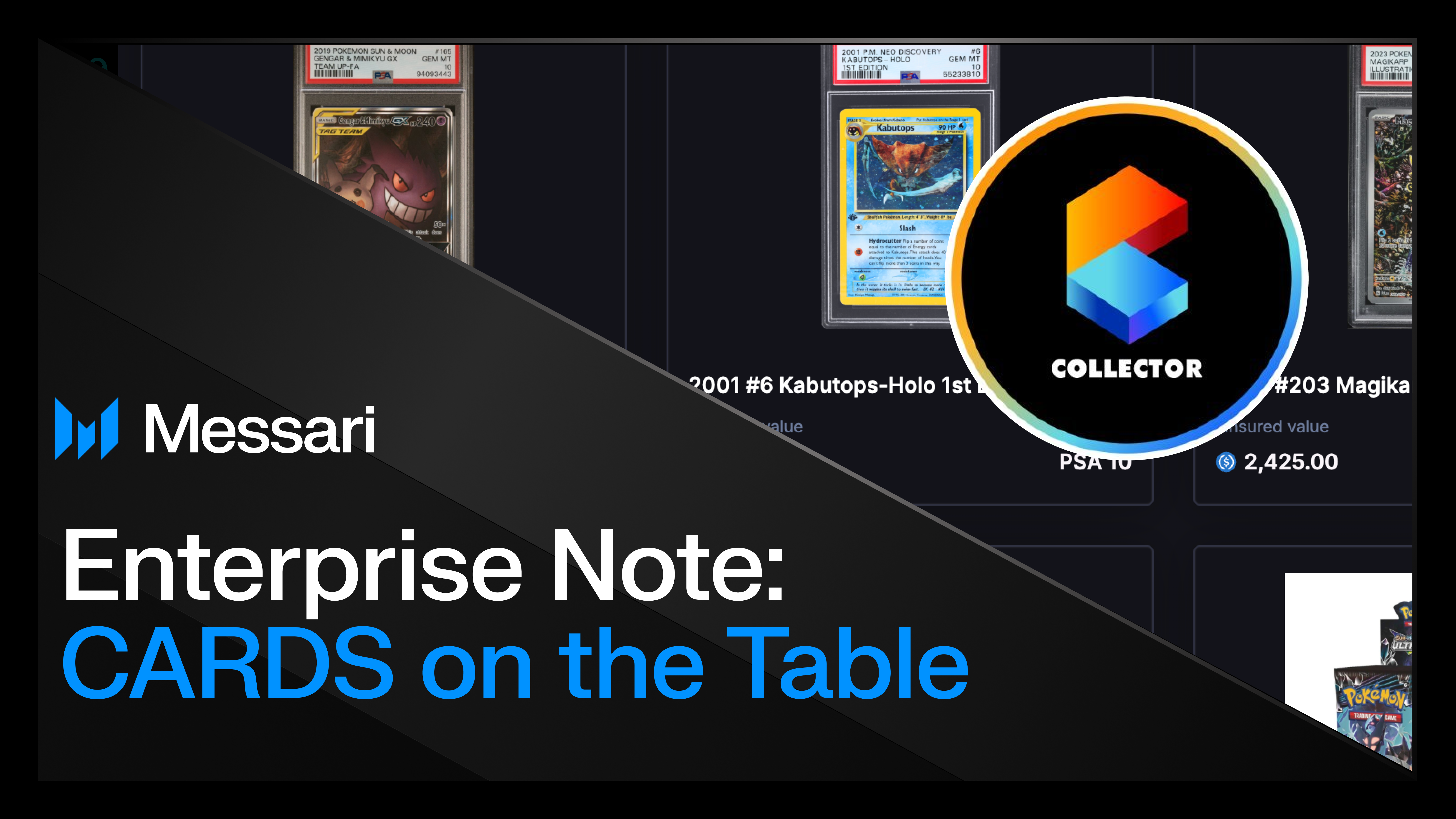
1. Security Against Counterfeits: Tokenized Pokémon cards are backed by real cards stored in secure vaults on platforms like Collector Crypt and Courtyard. Each NFT is linked to a unique identifier and immutable blockchain record, making it nearly impossible for counterfeit cards to enter the digital marketplace.
-
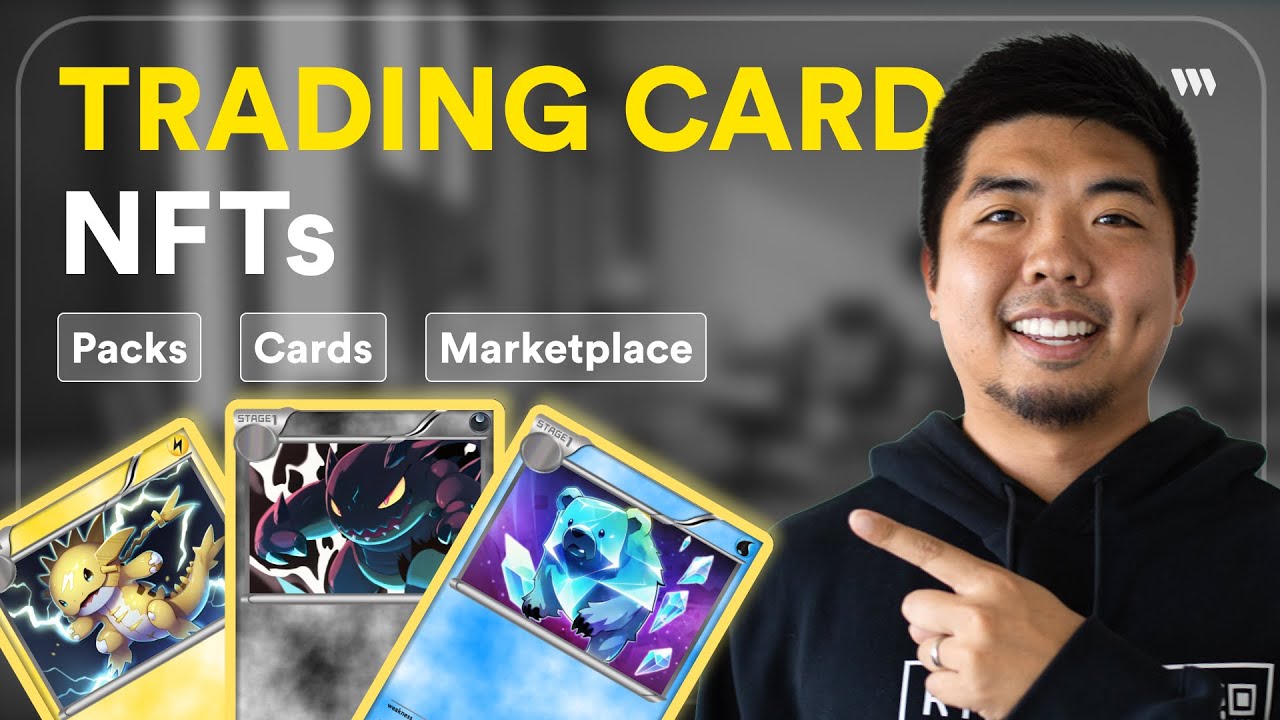
2. Instant Global Trading Access: By converting your physical cards into NFTs, you unlock 24/7 access to global marketplaces such as OpenSea and Courtyard Marketplace. This enables collectors to buy, sell, or trade Pokémon cards instantly with anyone around the world, bypassing traditional shipping delays and borders.
-
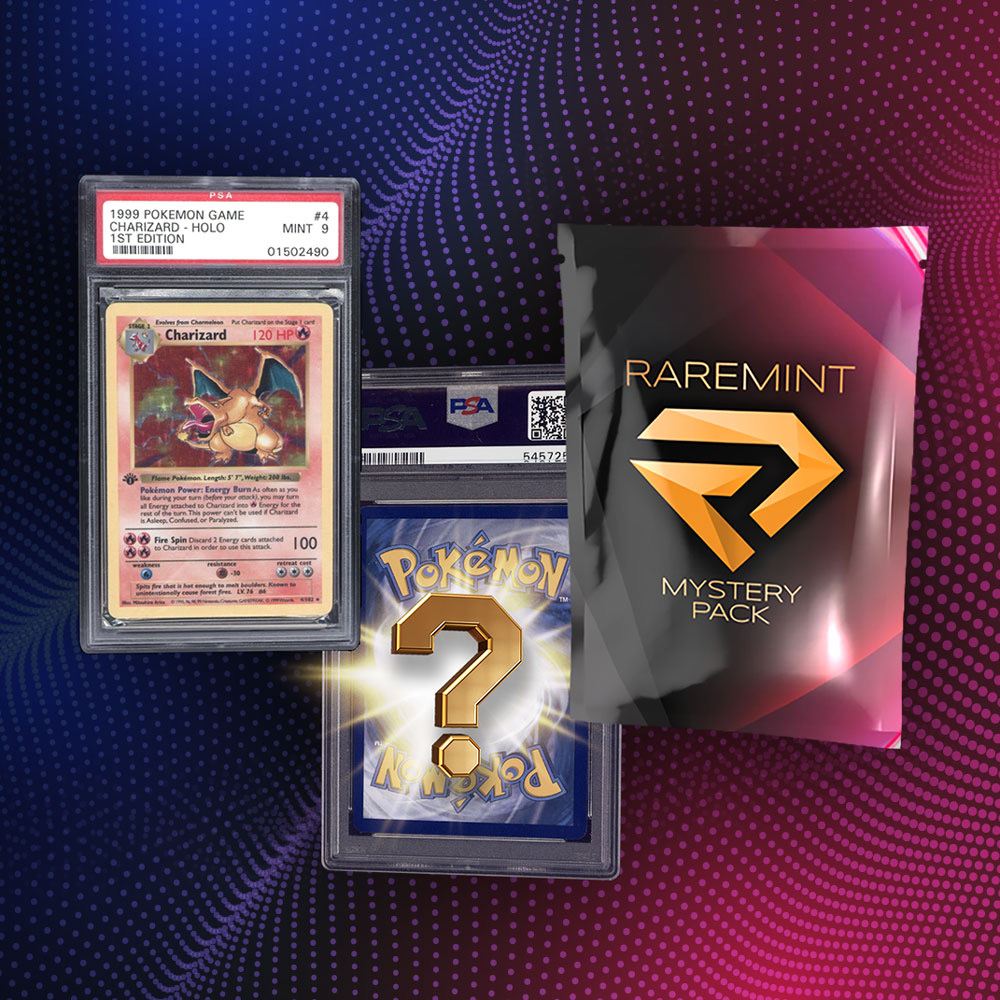
3. Transparent Provenance and Ownership: Every tokenized Pokémon card comes with a verifiable, tamper-proof history recorded on the blockchain. Platforms like Collector Crypt and Courtyard ensure that each NFT’s provenance and ownership trail are fully transparent, giving buyers confidence in authenticity and previous ownership.
Listing and Launching Your Tokenized Pokémon Cards
With your NFTs minted and verified, it’s time to list them on public marketplaces. Research similar listings to set competitive prices, rare cards or first editions often command significant premiums as Pokémon card NFTs. Decide whether you want a fixed price sale or an auction format for more excitement among collectors.
Promote your listings through social channels and online communities dedicated to Pokémon trading cards and NFT collectibles. Engaging with these groups not only helps drive demand but also builds loyalty around your collection.
Community Engagement: Building Value Beyond Ownership
The most successful NFT Pokémon cards aren’t just assets, they’re community touchstones. Offer exclusive perks for holders: early access to future drops, special Discord channels, or even IRL meetups for top collectors. Consistent updates and collector engagement foster trust and can enhance long-term value.
Pro tip: Stay active in Web3 communities! Collector feedback often shapes future features or collaborations, your voice matters in this fast-moving space.
What’s Next? The Future of Trading Card NFTs
The market for tokenized Pokémon cards is evolving rapidly as new platforms emerge with innovative features like buyback guarantees (Courtyard charges $25 per card with quality assurance), gacha vending machines for randomized pulls, and cross-chain interoperability (DappRadar). As trading volumes surpass $124.5 million globally (Medium · Miguel Morales), expect more mainstream adoption, and more sophisticated tools for both collectors and investors.
If you’re passionate about collecting or investing in rare Pokémon cards, now is the perfect time to explore how tokenization can unlock new opportunities for security, liquidity, and global reach.

